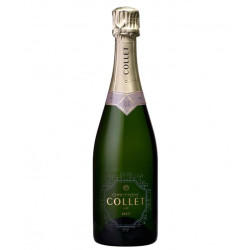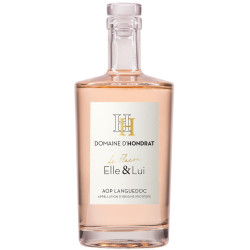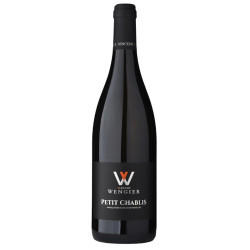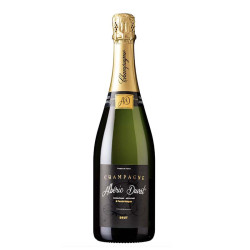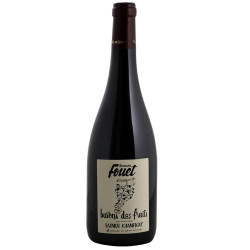Free delivery on purchases of €150 or more per winegrower in France and €250 in Europe (excluding United Kingdom)
Free delivery on purchases of €150 or more per winegrower in France and €250 in Europe (excluding United Kingdom)
-
- Great Offer
-
Our wines
-
-
By colors
-
All the wines
-
-
-
All Regions
-
-
-
-
Our organic & natural wines
-
-
Our Champagnes & Spirits
-
-
All Champagnes
-
-
Spirits
-
All the spirits
-
-
-
Our winemakers
-
-
-
winemakers
-
-
-
Our advice
-
-
Find your wine
-
-
-
- Our commitment !
-
- Great Offer
-
Our wines
-
-
By colors
-
All the wines
-
-
-
All Regions
-
-
-
-
Our organic & natural wines
-
-
Our Champagnes & Spirits
-
-
All Champagnes
-
-
Spirits
-
All the spirits
-
-
-
Our winemakers
-
-
-
winemakers
-
-
-
Our advice
-
-
Find your wine
-
-
-
- Our commitment !
Unbeatable !
4 FORGOTTEN GRAPE VARIETIES WORTH (RE)DISCOVERING

Rediscovering Forgotten Grape Varieties
Just like forgotten vegetables, there are also forgotten grape varieties that were once an integral part of the French wine landscape but are now on the brink of extinction.
4 Forgotten Grape Varieties to Rediscover
While grape varieties like Cabernet Sauvignon or Chardonnay are well-known, there are other, lesser-known varieties. Who are they, and where do they come from? Here’s the story of 4 of them.
1) Loin de l’Œil: A Grape "Far from the Eye"... but Close to the Heart
"Loin de l'œil" is an unusual name for a grape variety! Originating from the Gaillac vineyard, Loin de l’Œil is a white grape with medium-sized clusters and very long peduncles. This characteristic is what gives it its unique name, as "l'œil" refers to its berries located far from the peduncles. Very popular in the 1870s but now on the verge of extinction, Loin de l’Œil produces dry, aromatic wines with low acidity. When overripe, this grape also yields sweet or luscious wines.
2) Romorantin: A Grape Close to Château de Chambord
You may have visited the famous Château de Chambord and perhaps heard of a nearby small town called Romorantin. Did you know that there’s a grape variety named after this town? Cultivated in a tiny region, this white grape variety dates back to the time of François I, who, in 1579, commissioned Leonardo da Vinci to design the Château de Chambord, insisting that a vineyard surround the walls. Gradually replaced by Sauvignon over the years, Romorantin is now only found in the Loir-et-Cher region, in the Cour-Cheverny appellation. It is recognized by its medium-sized white berries and heart-shaped vine leaves. Wines made from Romorantin are typically dry, fruity white wines with aromas of white fruits and honey.
3) Rosé du Var: Not to Be Confused with Roussanne!
As you might guess, not all forgotten grape varieties are white. There are also red and rosé varieties, such as Rosé du Var. As its name suggests, this grape from the Var region (PACA) is distinguished by its large pink berries and produces fresh, crisp wines with a often expressive nose. “The old name was Roussanne du Var, but this term was quickly abandoned due to confusion with Roussanne, which it has nothing in common with,” explains Thomas Merle, winemaker at Domaine Bouisse Matteri and a passionate advocate for forgotten grape varieties who cultivates Rosé du Var, as well as Mourvaison, another forgotten variety (black grape).
4) Mollard: The Iconic Grape of IGP Hautes-Alpes
A red grape whose name means "little hill" or "small mountain," Mollard is integral to the history of vineyards in the IGP Hautes-Alpes. However, in the 1980s, many vintners decided to pull it up in favor of international varieties like Cabernet or Syrah to appeal to a broader range of consumers. While some Mollard vineyards remained in the Hautes-Alpes, their condition deteriorated due to lack of renewal, and the variety faced the threat of disappearance. Nevertheless, one domain would never abandon it: Domaine Allemand, now considered the pioneering domain for Mollard. In the 1990s, winemaker Marc Allemand began several experiments to preserve this mountain variety, which offers spicy wines with toasted notes. By the early 2000s, a mother vine was planted to relaunch Mollard production. Today, the domain owns the mother vine of this variety, from which all certified new Mollard plantings originate.
Our nuggets
Related articles

WINE TASTING: HOW TO "BLOW THE WHISTLE" ON YOUR WINE EXPERT FRIEND
Almost all of us have someone around us (a friend, uncle, neighbour, etc.) w...

WHERE DO THE EXPRESSIONS AROUND THE WORD WINE COME FROM ?
Where do they come from and what do they mean? Here are 6 common wine-relate...
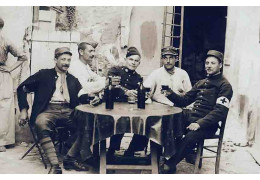
THE ORIGINS OF THE WORD "PINARD" IN BURGUNDY ?
"Vive le pinard", sang Michel Simon. This well-known slang word is probably ...
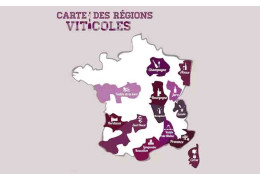
DO YOU KNOW THE MAIN WINE-GROWING REGIONS ?
They make up a large proportion of French vineyards and are often used as a ...
